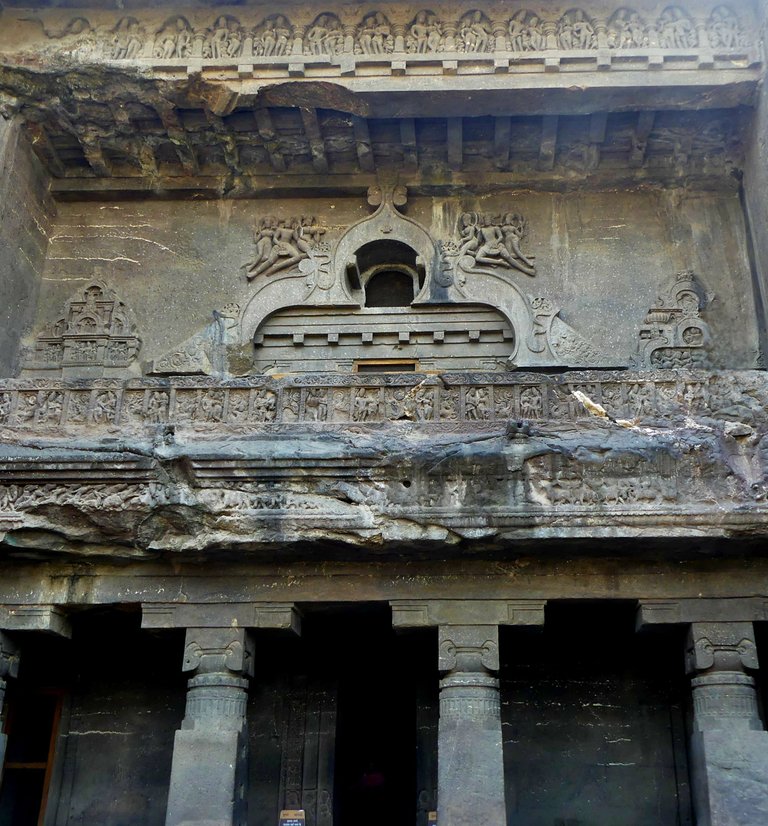
Hello, world travelers and friends! I recently published a post about the Kailash Temple in Ellora Caves. That was only one cave of many and this post will feature the other caves in Ellora.
and a few sculpture masterpieces from the Hindu, Buddhist, and Jain caves. many of them damaged some of them missing hands, noses, or part of head, etc.
After having a good time in cave no. 16 Kailash temple we made a move further and found very nice sculptures in the remaining Hindu caves.
Shiva Parvati with their deities.
dancing Shiva.
An open hall features many carved columns, each depicting Hindu gods and goddesses.
There are a total of 34 caves in Ellora, located in the Satmala Hills, part of the Sahyadri Mountain Range in the Chhatrapati Sambhajinagar (Aurangabad) district of Maharashtra, India. These caves are situated near the village of Ellora, approximately 30 kilometers from Chhatrapati Sambhajinagar (Aurangabad) city.
Getting there is quite simple: you can travel to either Mumbai or Pune and then take a train or bus to Chhatrapati Sambhajinagar. From there, you can use public transport or taxis to reach the caves.
The first caves are Buddhist starting from the south end.
Nice, peaceful, clean cave No. 1 looks like a monastery for Buddhist monks.
this cave was built especially for meditation (monastery) and as a resting place for monks who travel from place to place. Cave 1 is a plain vihara/the monasteries or living places of Buddhist monks with eight small monastic cells/small rooms.
The main attractions are Buddhist caves Vishvakarma Cave/Carpenters Cave.
Cave 2 is much more impressive and is dedicated to Lord Buddha.
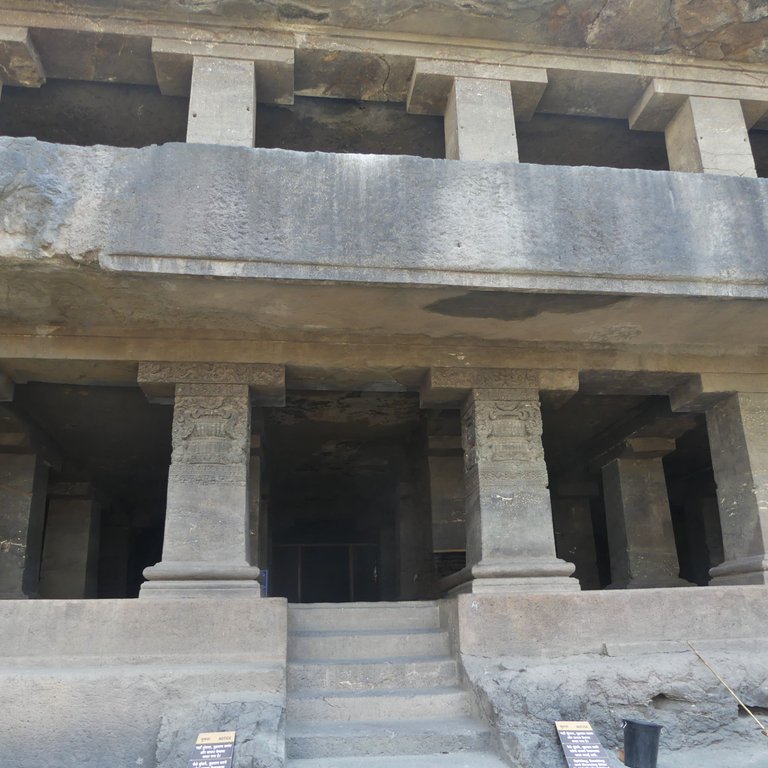
Three Stories Monastery is still active for Buddhist monks. It was clean and well-maintained.
We skipped a few caves that are mostly designed as residential cells for monks or pilgrims and went to Vishwakarma cave or Carpenter's cave.

This is the Vishwakarma cave Vishwakarma was known as god's architect, sculptor, and craftsman. It is carved in 2 stories, the monastery was on the ground floor, and above are what are presumed to have been the monks’ living quarters.

The carvings represent beautiful sculptures of deities and animals, showcasing a remarkable level of artistic finesse.
Chaitya Vihar/prayer hall The ceiling of the cave is designed to resemble wooden beams, showcasing the artisans’ ability to simulate various textures in stone.
Buddha with Bodhisattvas and Vidyadharas.
One notable piece is an 11-foot-tall Buddha seated with his feet down, accompanied by his usual attendants. Above his head, the arch features carvings of the Bodhi Tree, with dwarfs on either side.
This cave has been carved in stone as well and some work has been done in wood. Some places look like wooden carvings that why it is called the carpenter's cave.
The back wall of the hall contains 14 representations of Buddha, seven on the north side and seven on the south side. The seven images on the north side.
one panel represents Buddhist gods and goddesses.
we found the Jain caves to be the most quiet and peaceful without any crowd They are somewhat damaged by humans and by nature/age. The most remarkable Jain shrines are the Chhota Kailash (Cave 30), the Indra Sabha (Cave 32), and the Jagannath Sabha (Cave 33). Cave 31 is an unfinished four-pillared hall and a shrine. Cave 34 is a small cave, which can be approached through an opening on the left side of Cave 33.
Indra Sabha is the largest of the Jain series from the 9th century.
In the interior of the cave, Bhagavan Mahavira, the founder of the Jain religion, is seated in a meditative position. and all the walls are carved with Jain Tirthkars/deities and goddesses.
A simple gateway leads to a courtyard in which there is a monolithic shrine with a pyramidal roof. The double-story temple is excavated in the rear of the courtyard.
The interior of the cave has a columned mandapa or hall with niches on the three sides and the sanctuary in the middle of the back wall. Carved figures of the Jain Tirthankharas decorate the walls.
Seated Jinas, Jina means Conqueror. He who has conquered love and hate, pleasure and pain, attachment and aversion, and has thereby freed `his' soul from the karmas obscuring knowledge, perception, truth, and ability, is a Jina. The Jains refer to the Jina as God.
.
At the entrance, the right side Yaksh Matanga and left side Goddesses Siddhika are seated on a lion carved in the wall.
It was very dark inside the cave so it wasn't easy to take good photos of the statue of Bhagavan Mahavir
Mural paintings and some fine carvings from the 9th century still have colors with some details.
beautifully carved column/Shirine
The lotus carving on the ceiling.
Tourists can admire the masterpieces of art engraved and sculpted in these rock-cut caves.
when looking for these miracles of stone we get lost in that amazing sculpture and art. We felt like just sitting and listening to the silence and absorbing the spiritual energy and observing the stories these rocks were presenting as they stood very proudly with the spiritual history myth and art. This is Incredible India.
Thank you very much.
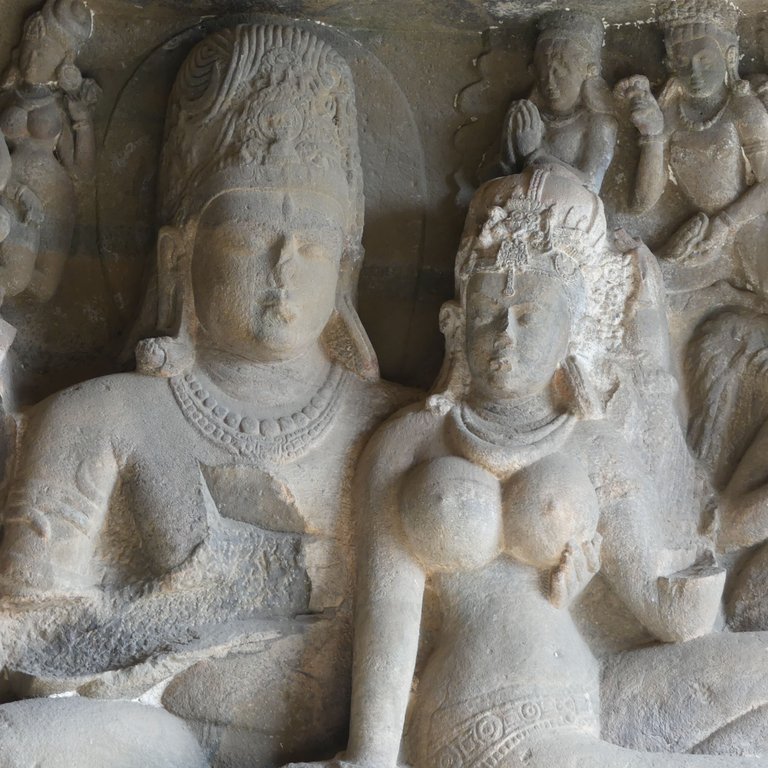
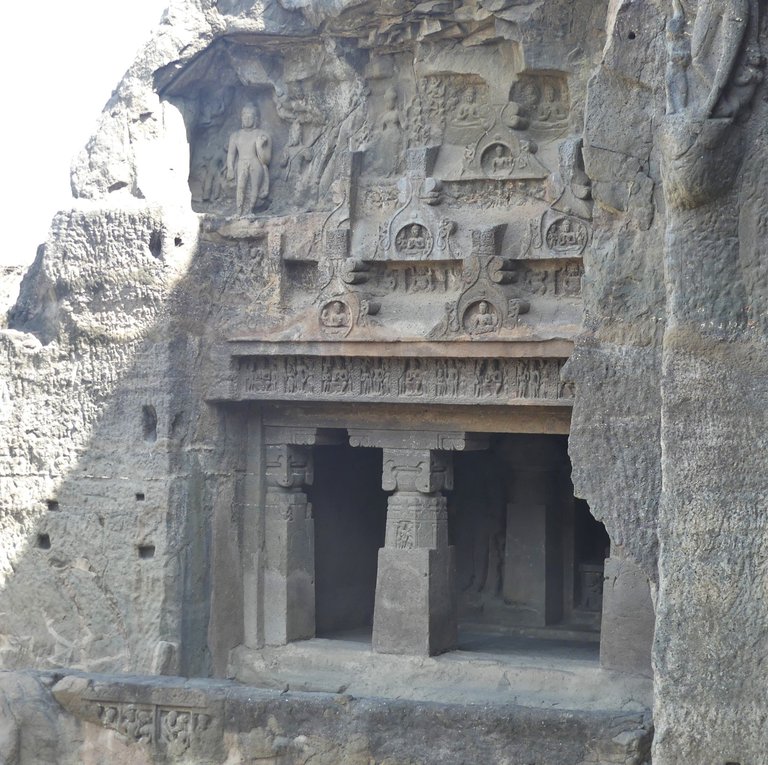
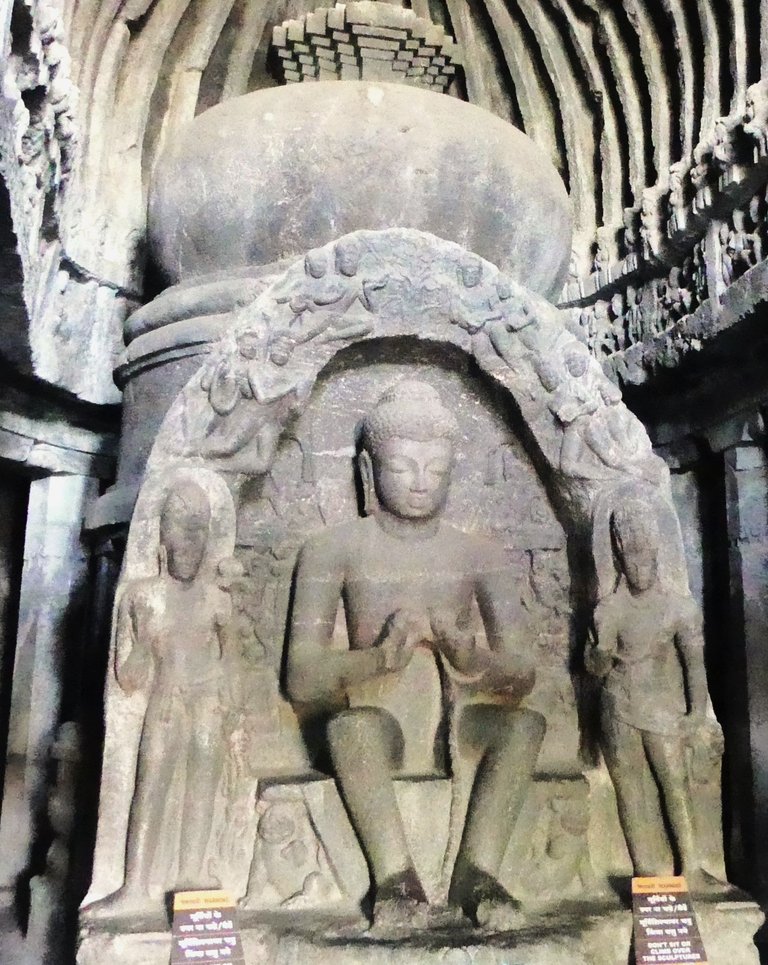
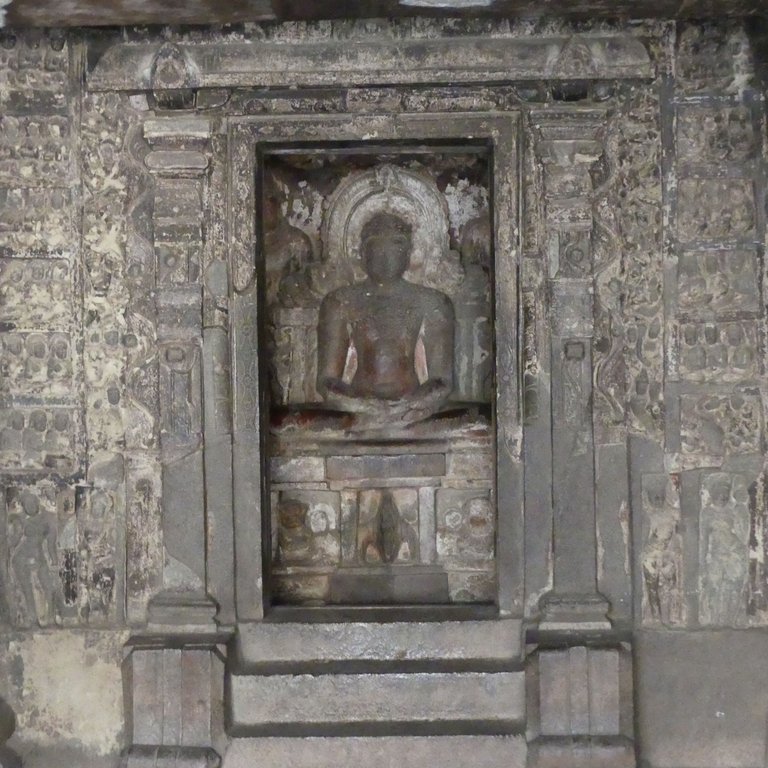
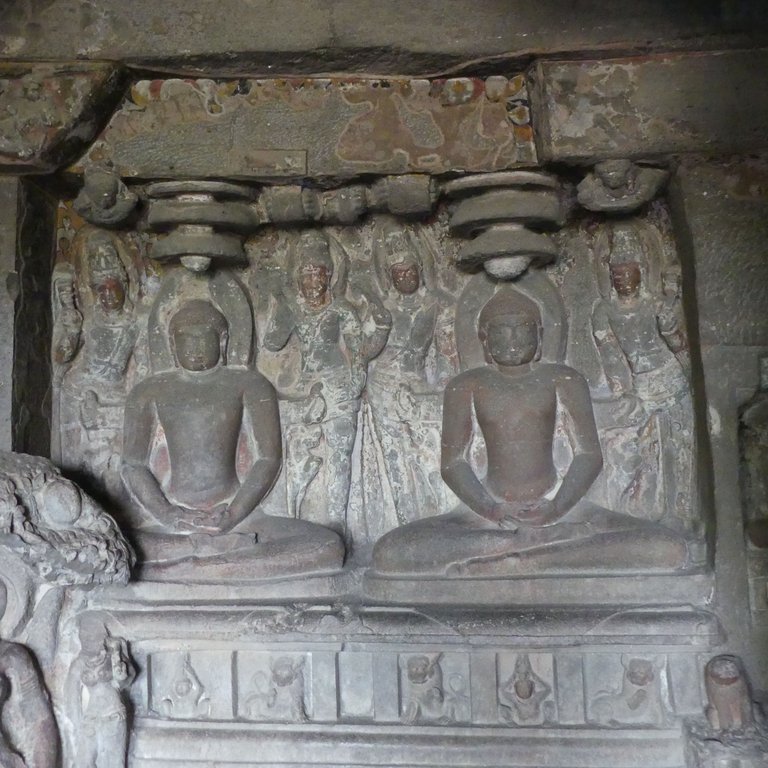
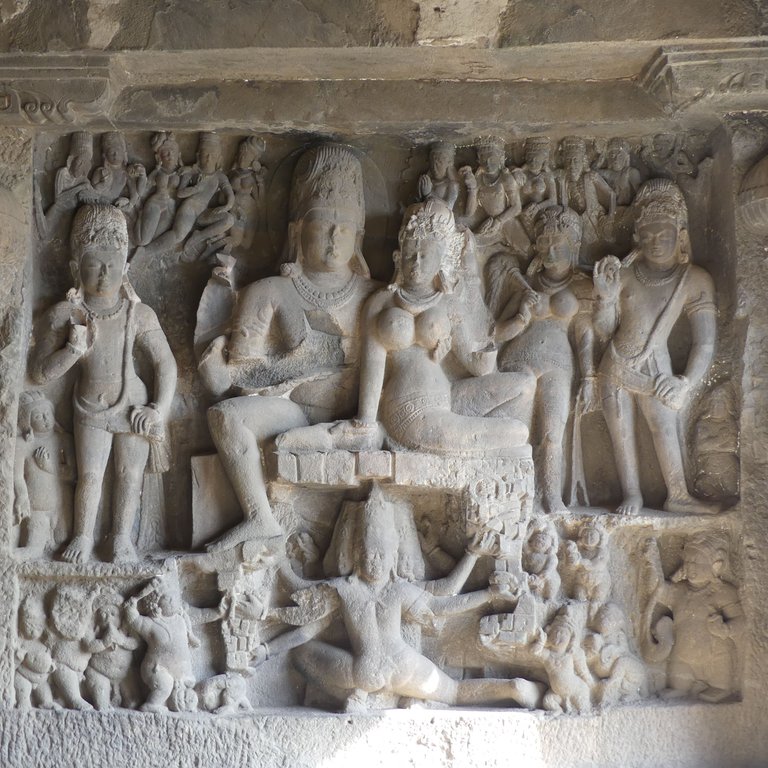
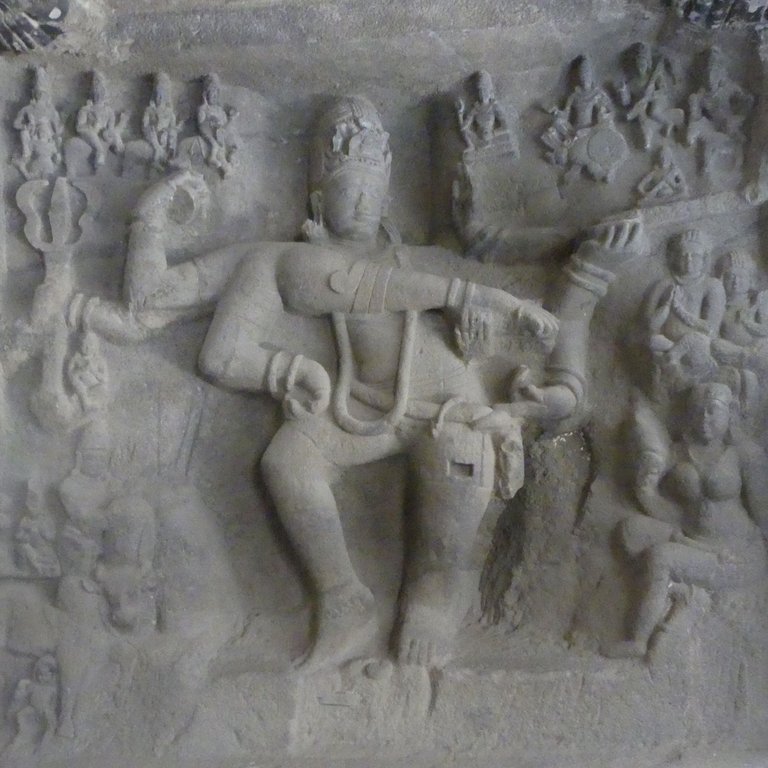
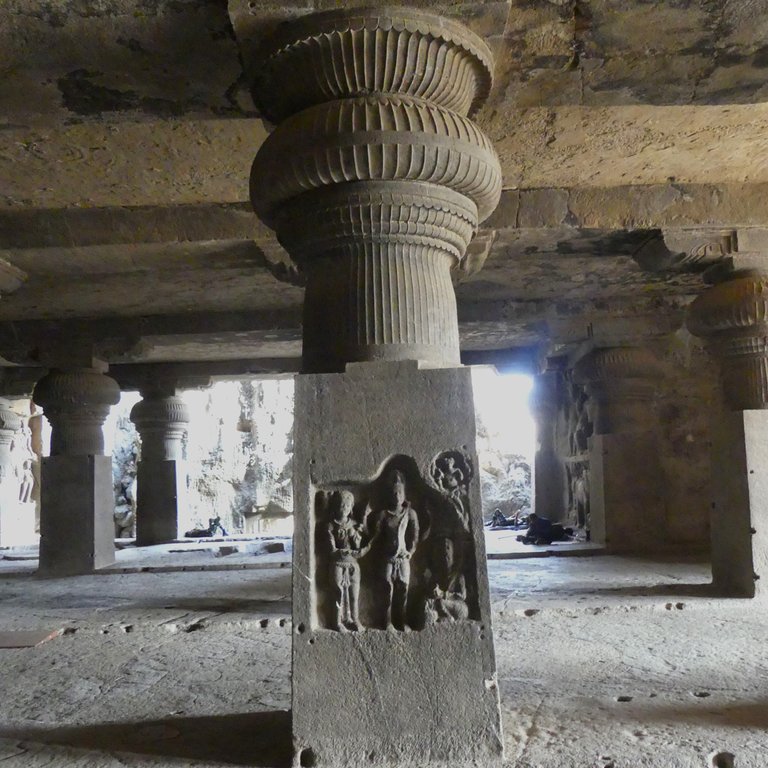
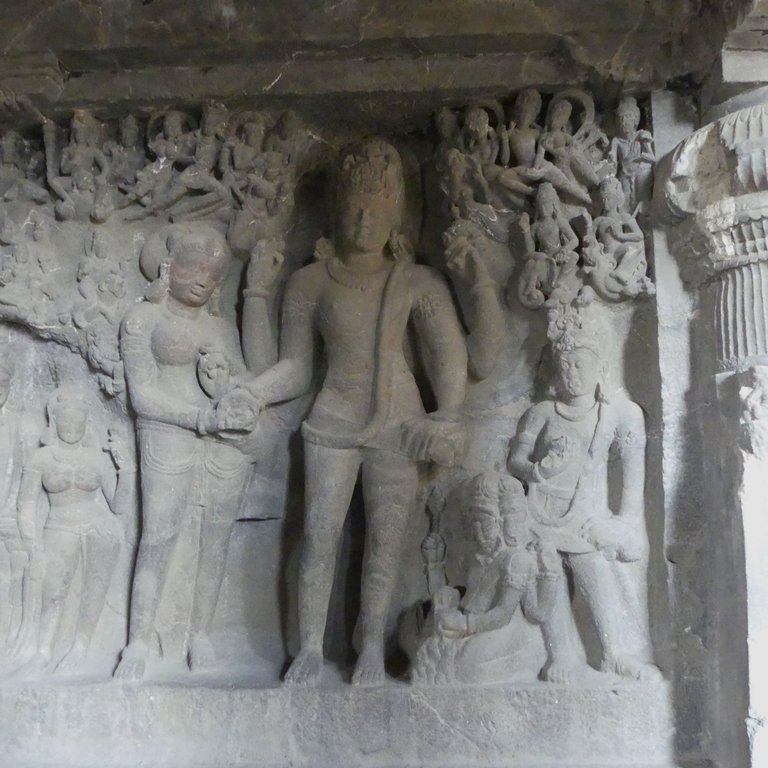
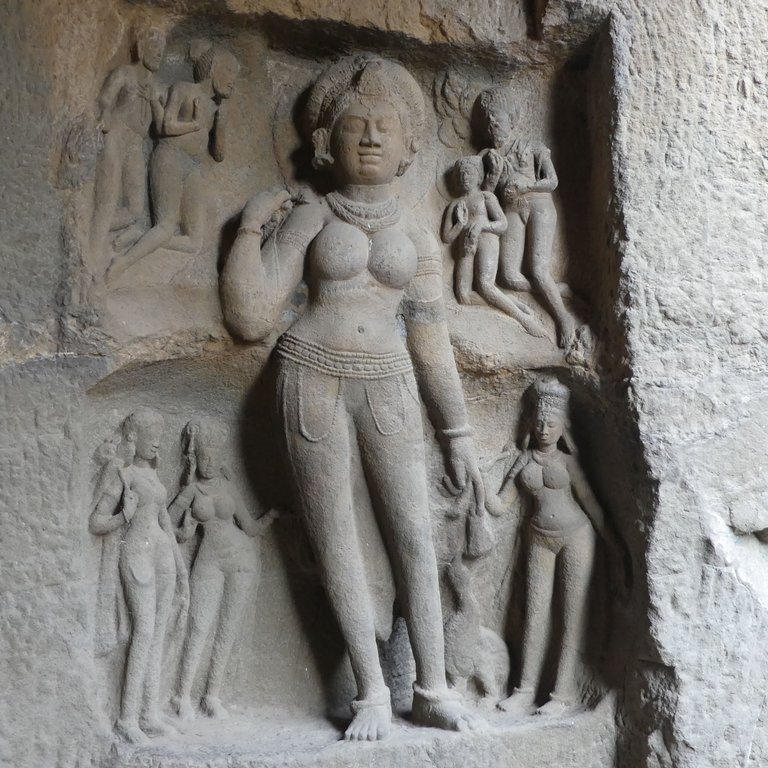
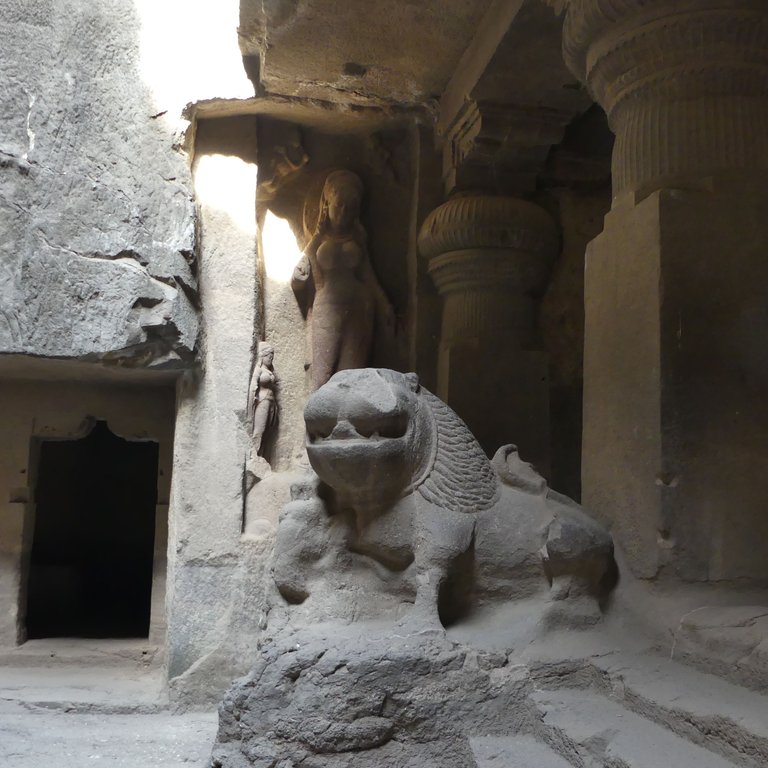
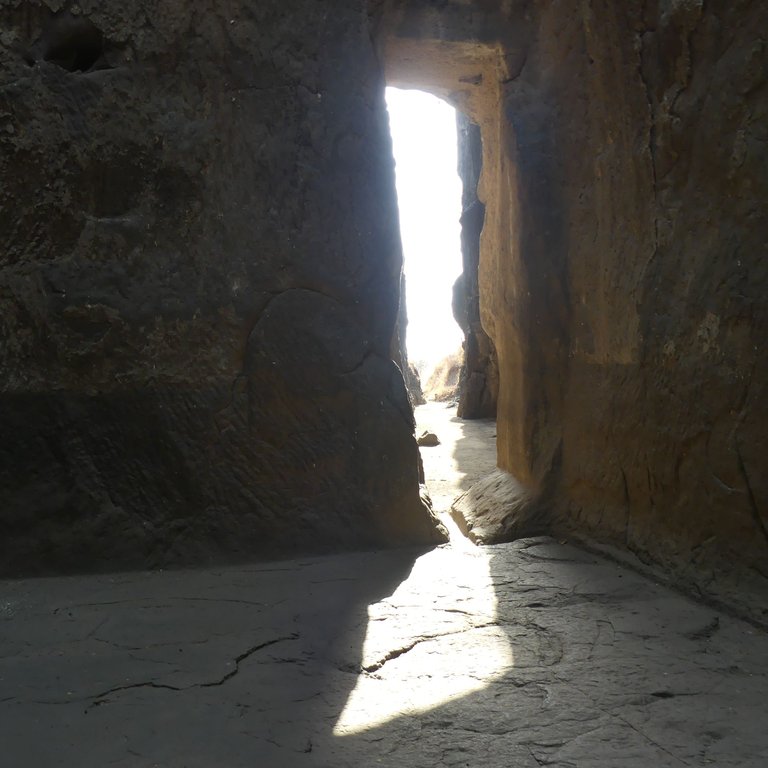
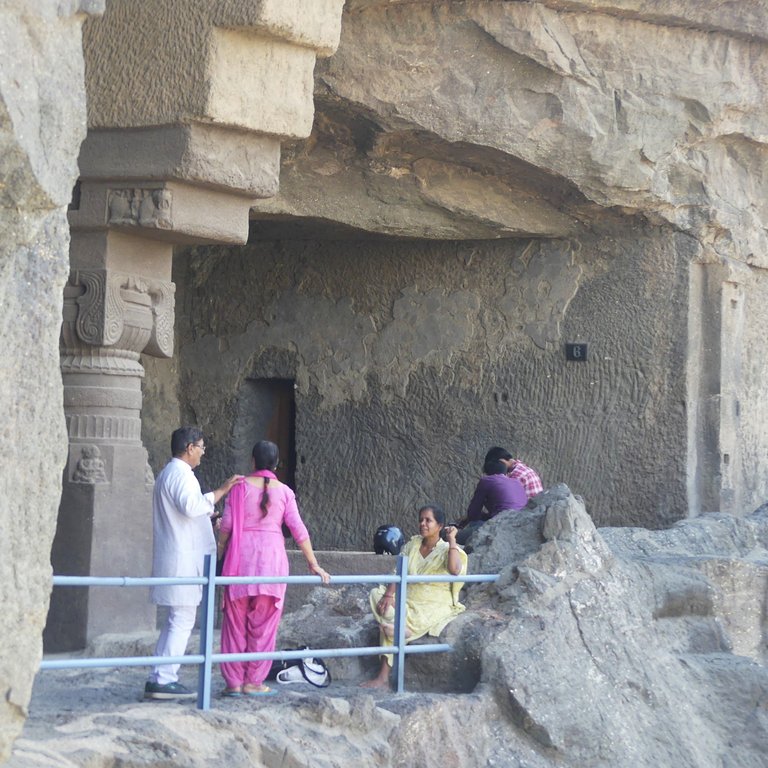
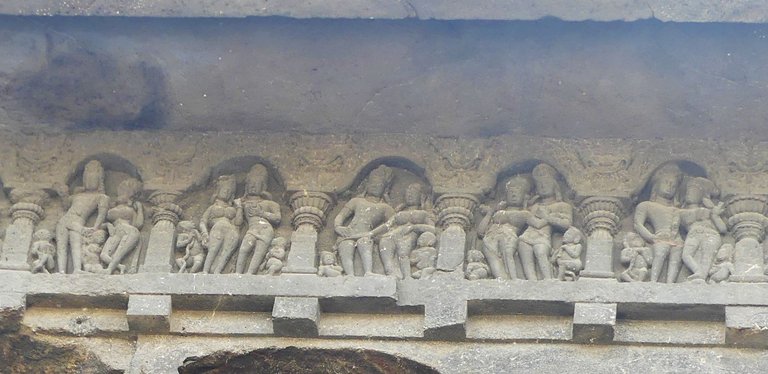

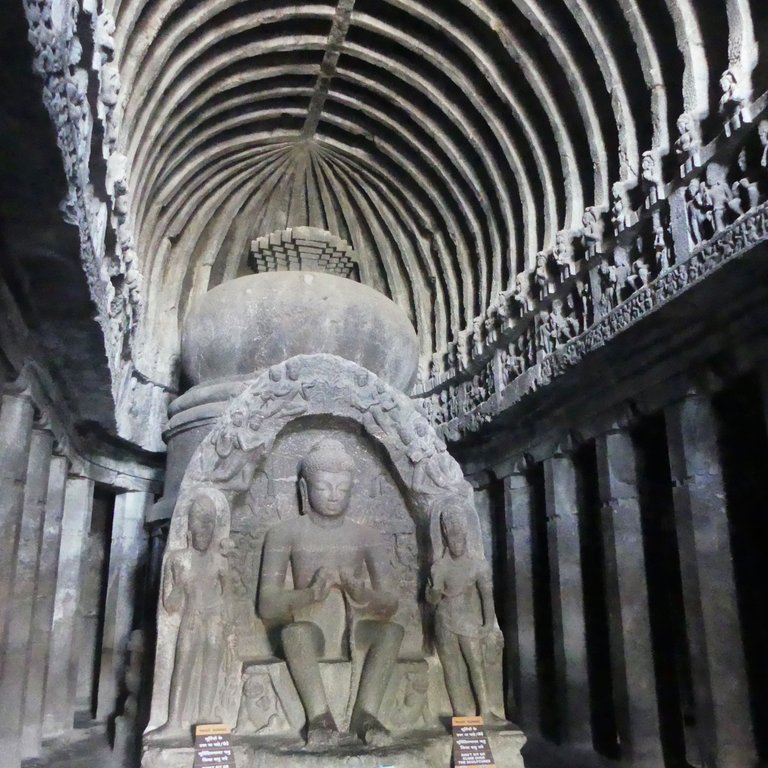
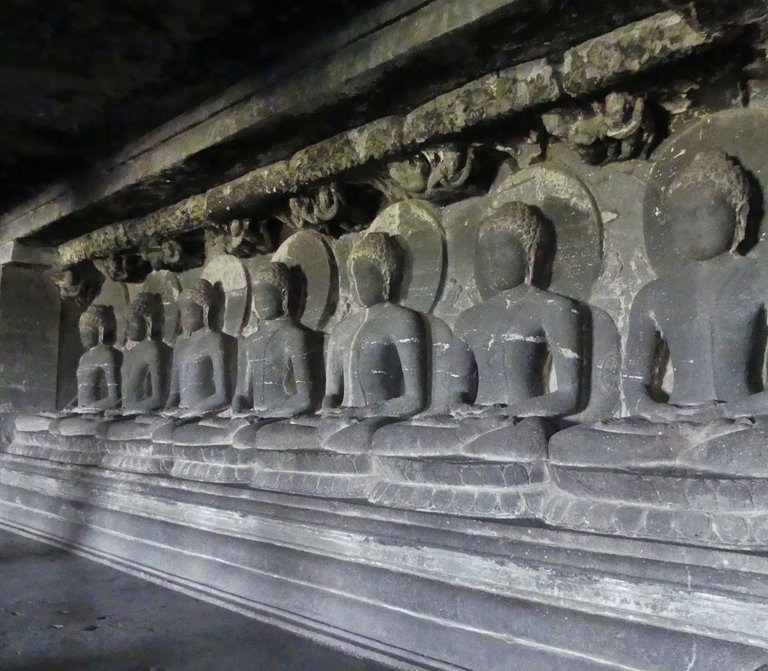
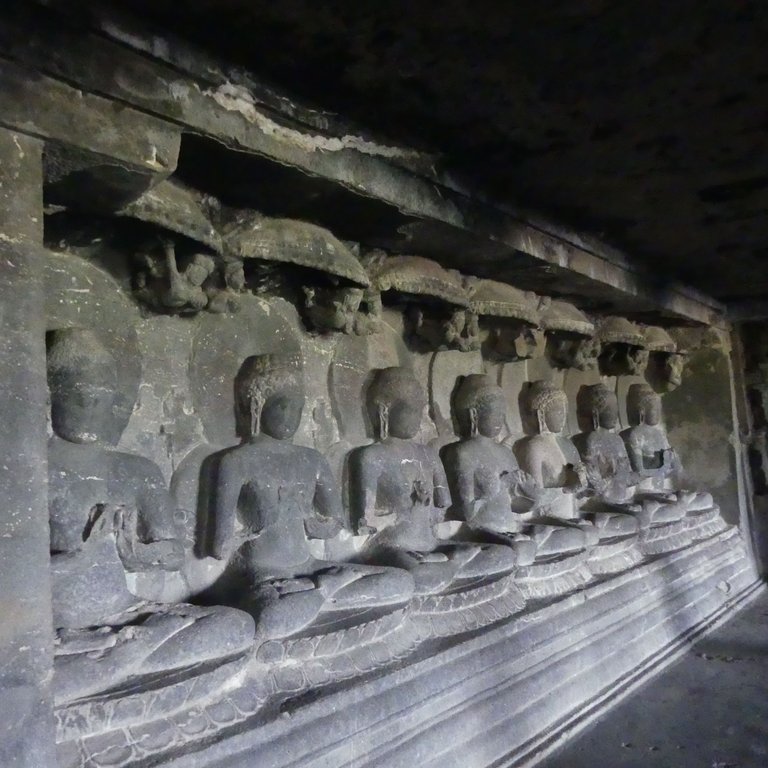
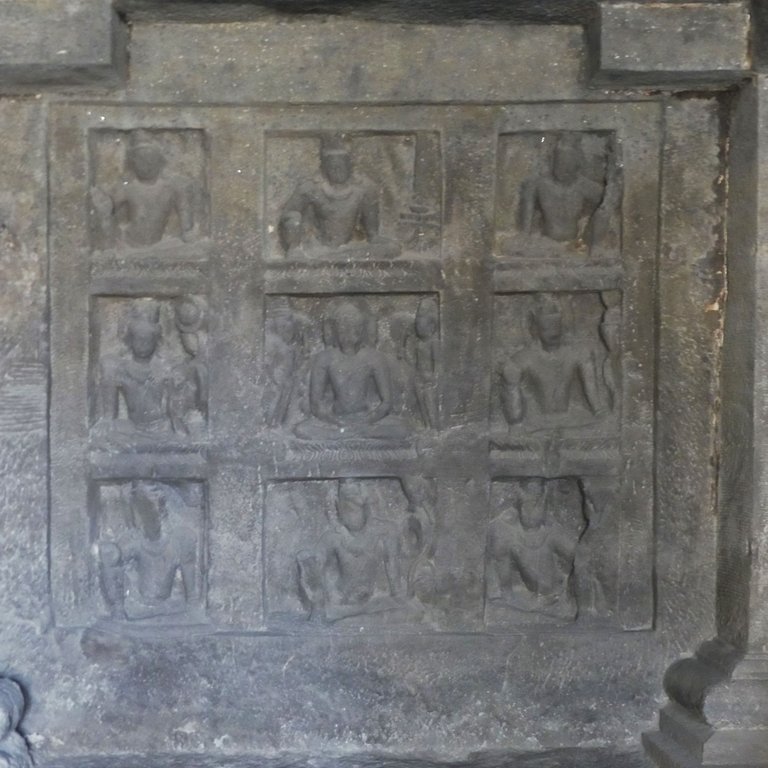
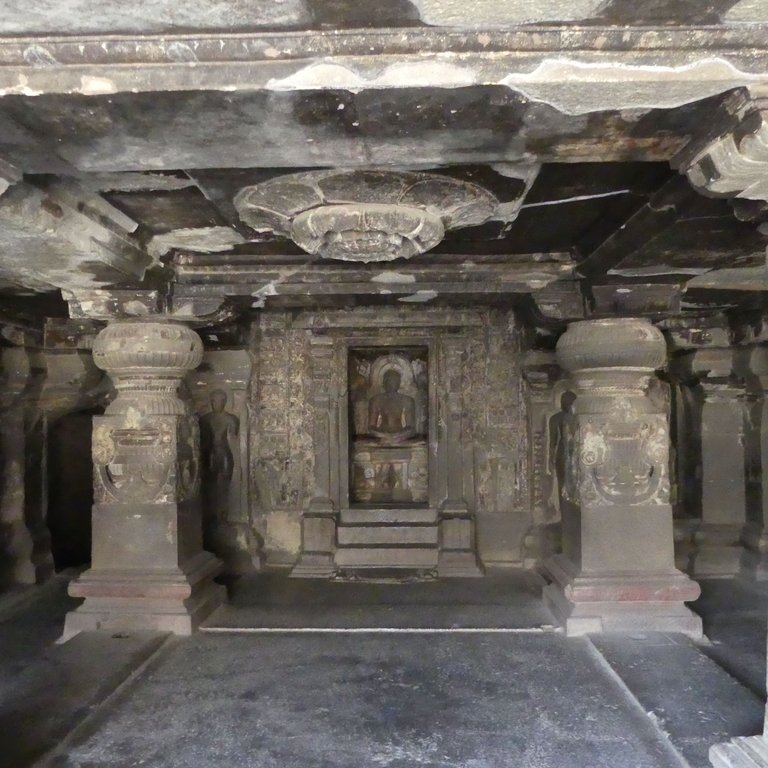
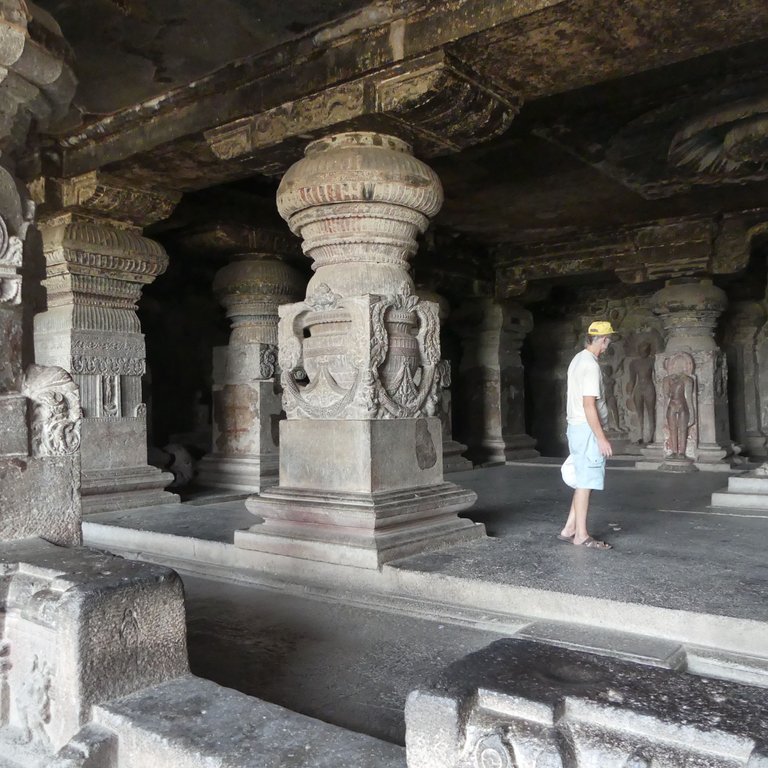
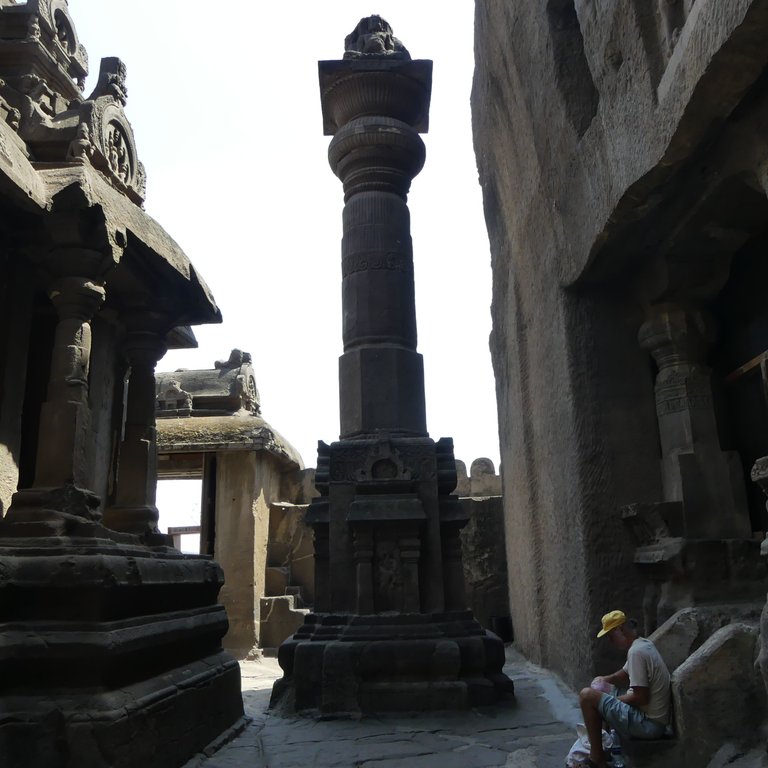
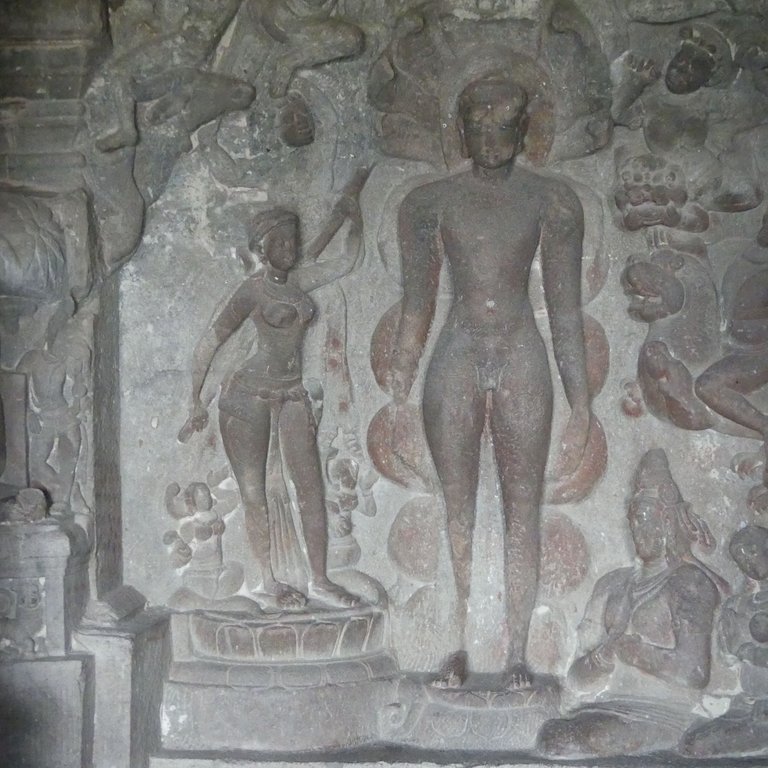
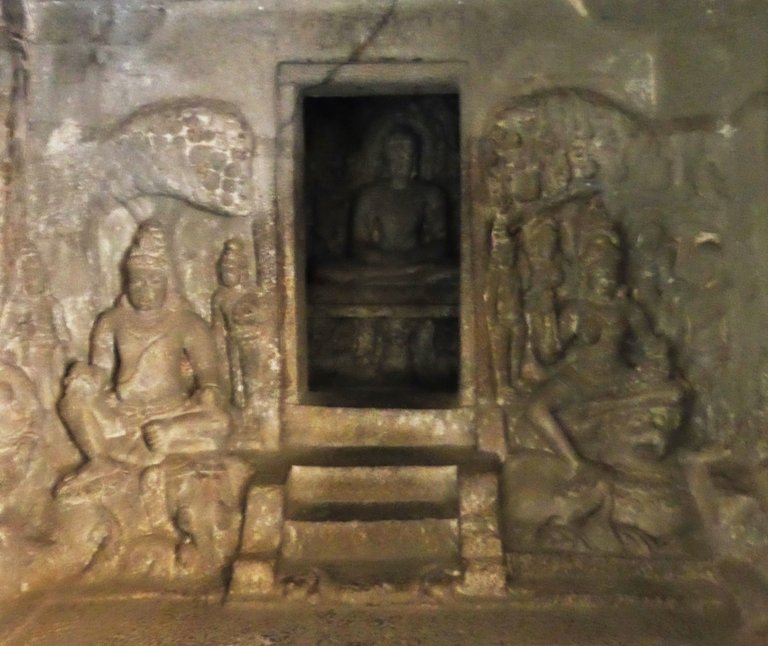
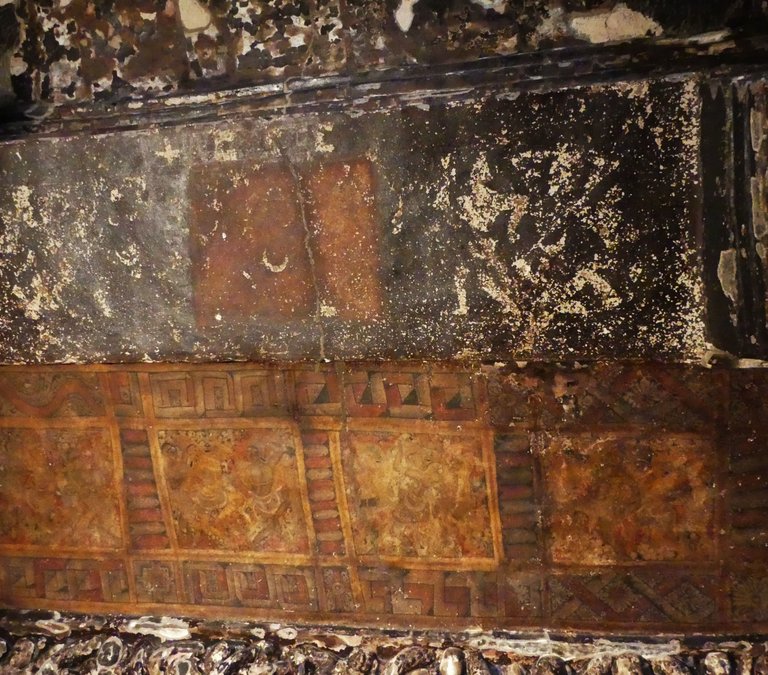
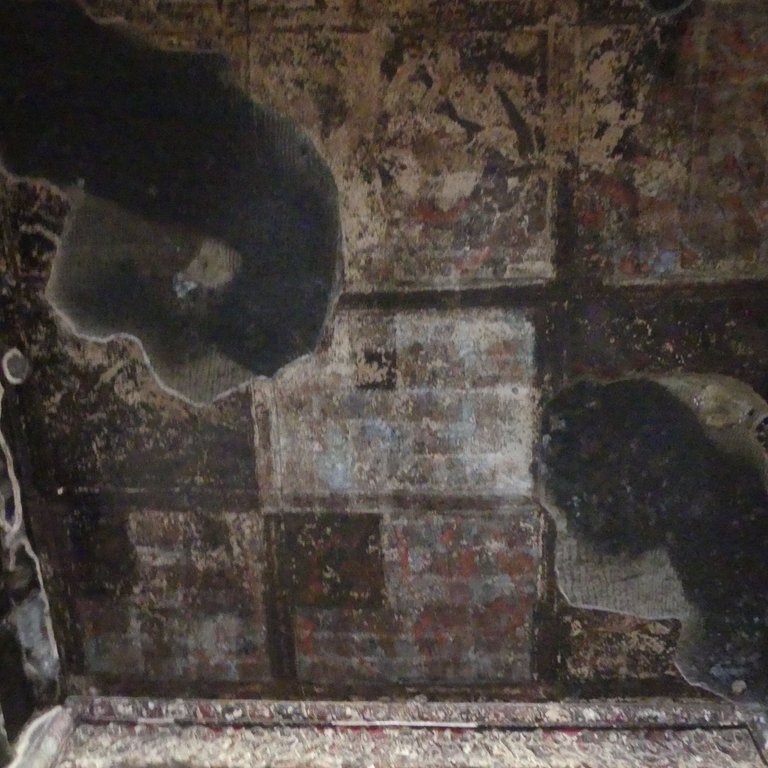
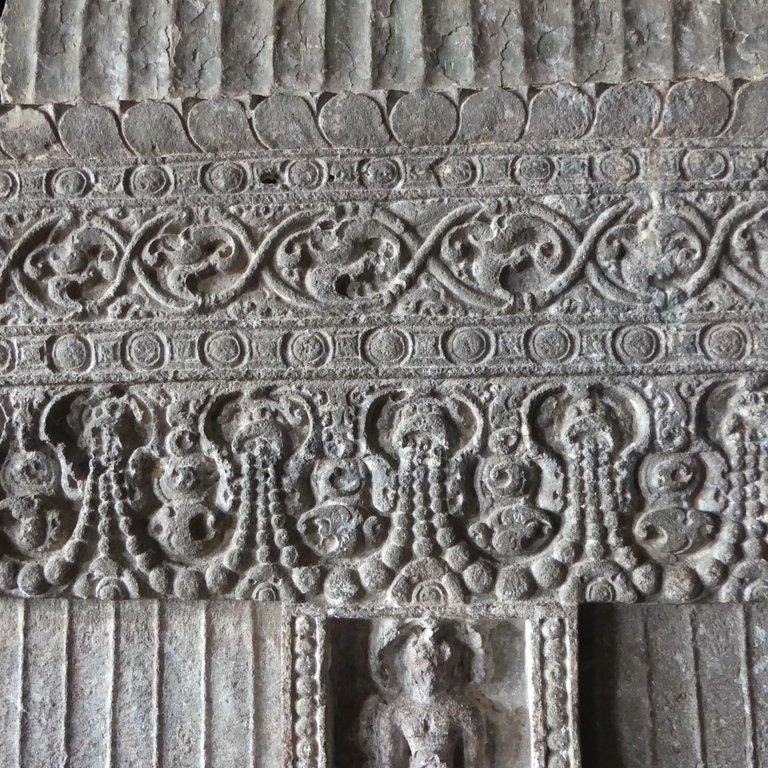
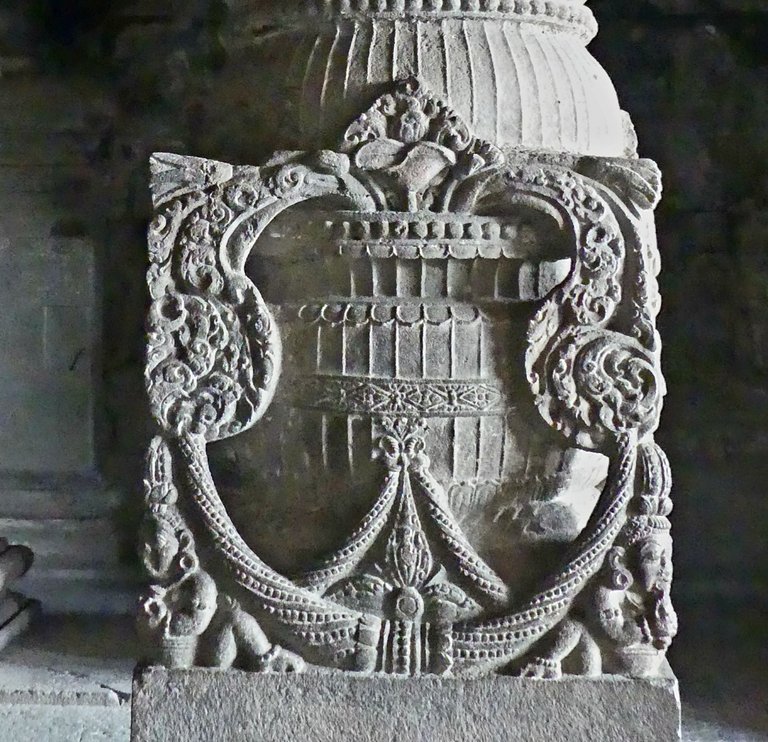
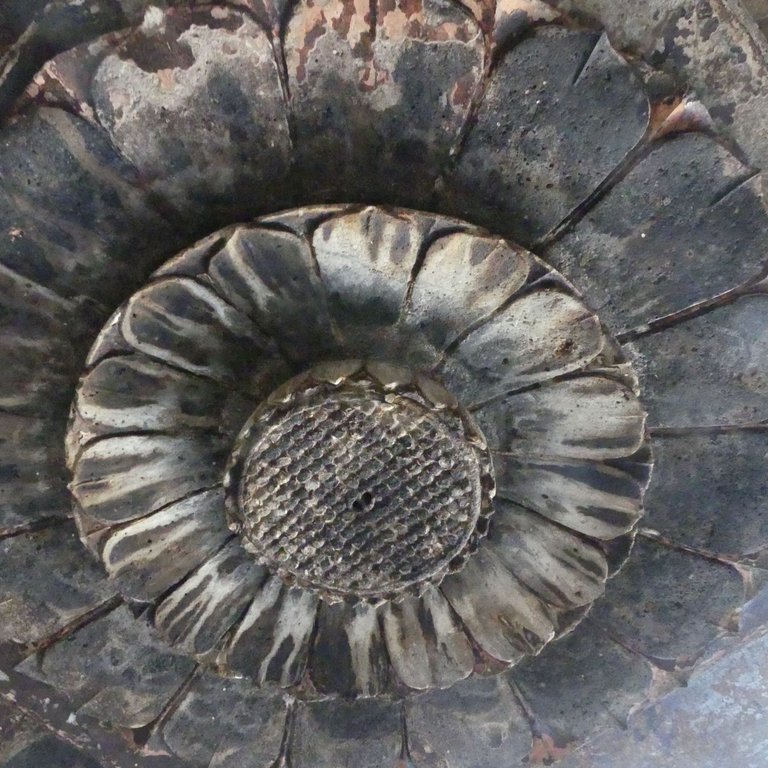
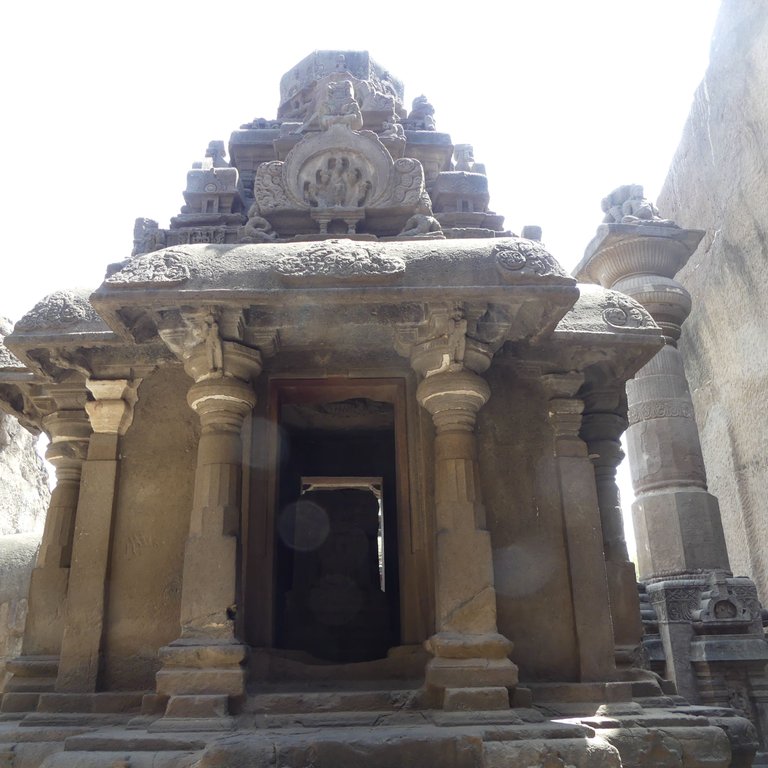
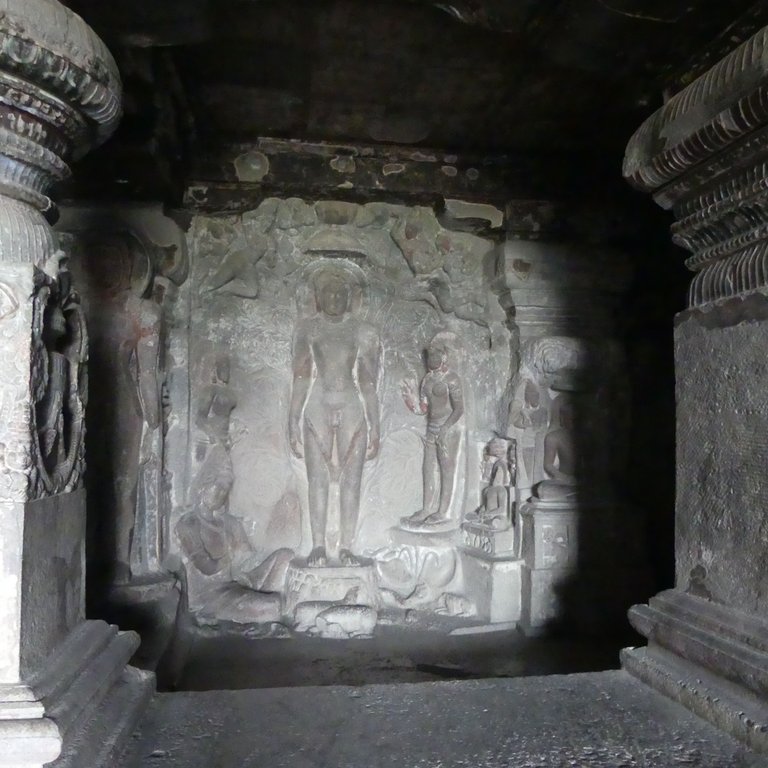
Thank you very much @ewkaw and @qurator for ur curation and support I appreciate it :)
Travel Digest #2479.
Become part of our travel community:
- Join our Discord
Hiya, @lizanomadsoul here, just swinging by to let you know that this post made it into our Honorable Mentions in Your post has been manually curated by the @worldmappin team. If you like what we're doing, please drop by to check out all the rest of today's great posts and consider supporting other authors like yourself and us so we can keep the project going!Thank you very much @lizanomadsoul and @worldmappin team for the honorable mention. and support. Greetings :)
You can check out this post and your own profile on the map. Be part of the Worldmappin Community and join our Discord Channel to get in touch with other travelers, ask questions or just be updated on our latest features.
Thank you. :)
Very beautiful temple, and absolutely stunning ❤️
Thank you very much.
You're welcome my friend ❤️